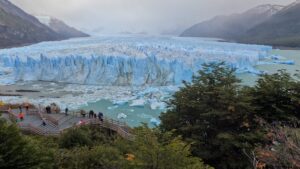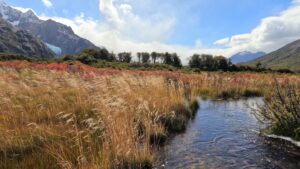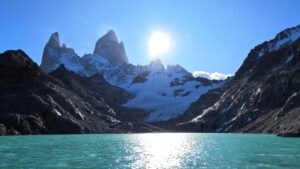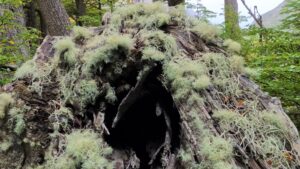
Perito Moreno Glacier
Los Glaciares National Park, located in the southern Patagonian region of Argentina, is a pristine expanse of natural beauty that has captured the imagination of visitors and scientists alike for decades. This park, covering an area of over 2,800 square miles, is renowned for its stunning landscapes, abundant glaciers, and diverse ecosystems. The history of Los Glaciares National Park is a testament to the efforts to preserve and protect this unique environment for future generations.

Chorillo Del Salto
The origins of Los Glaciares National Park can be traced back to the early 20th century. It was in 1937 that the Argentine government, recognizing the ecological and cultural value of the area, officially established the park. However, the process of conservation and protection can be seen as a result of earlier explorations and observations made by scientists and adventurers who were drawn to the region’s remarkable natural features.

Mount Fitroy and Laguna de Los Tres
One of the most significant figures in the history of the park is the Argentine explorer and naturalist Francisco P. Moreno, also known as Perito Moreno. He is renowned for his extensive explorations of Patagonia and his efforts to promote the conservation of its unique landscapes. In the late 19th century, Moreno conducted expeditions to the region, documenting its glaciers and conducting scientific research that highlighted the importance of preserving these natural wonders. The Perito Moreno Glacier, one of the most famous glaciers within the park, is named after him. This glacier, with its breathtaking blue ice formations and dramatic calving events, has become an iconic symbol of the park’s natural beauty.

Trail to Laguna Torre
The establishment of Los Glaciares National Park marked a significant milestone in the conservation movement in Argentina. The government recognized the need to safeguard the area’s unique ecosystems, including the Andean-Patagonian forest, high-altitude grasslands, and numerous lakes and rivers. The park was also designated a UNESCO World Heritage Site in 1981, further acknowledging its international significance.

The Many Hues of Natural Flora
Preservation efforts in the park have not been without challenges. The impacts of climate change have become increasingly evident in the melting glaciers and shifting ecosystems. Scientists and conservationists have been closely monitoring these changes and using the park as a case study to understand the broader implications of global environmental shifts.

Author on the trail to Campo De Agostini
To facilitate sustainable tourism and visitor management, designated trails, viewpoints, and visitor centers have been established within the park. These initiatives aim to strike a balance between allowing people to experience the park’s wonders and minimizing the potential negative impacts on the fragile environment.